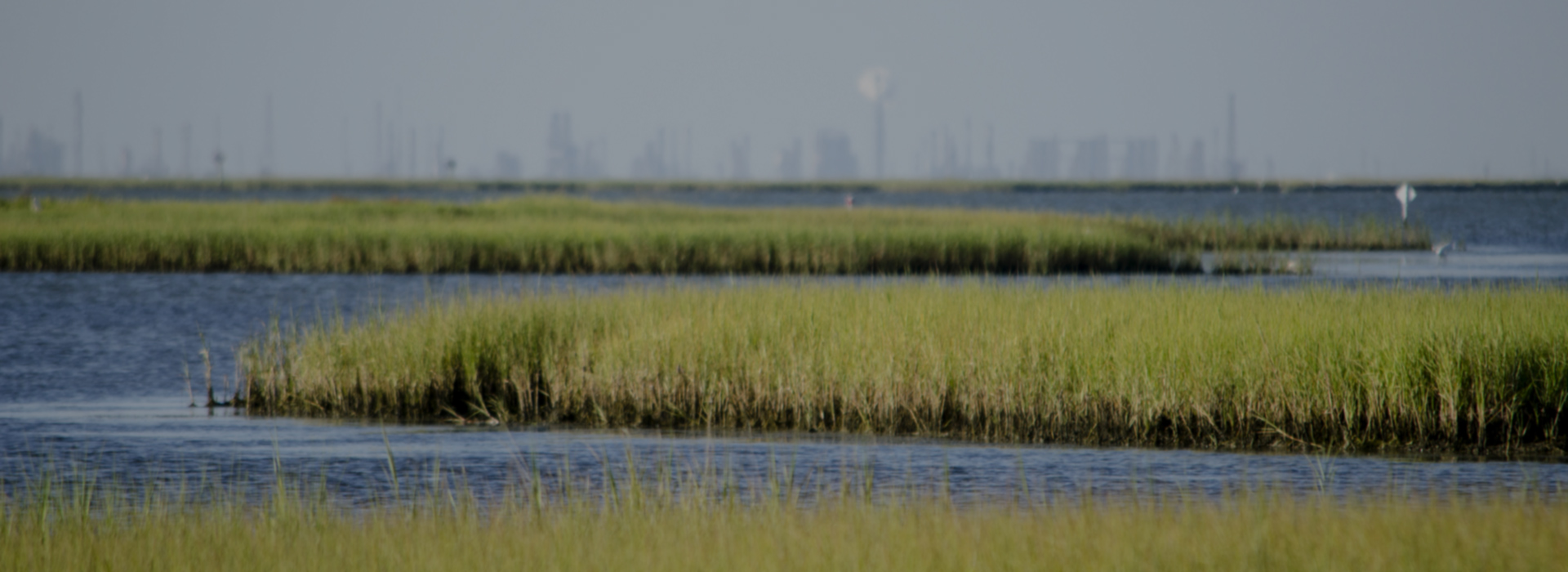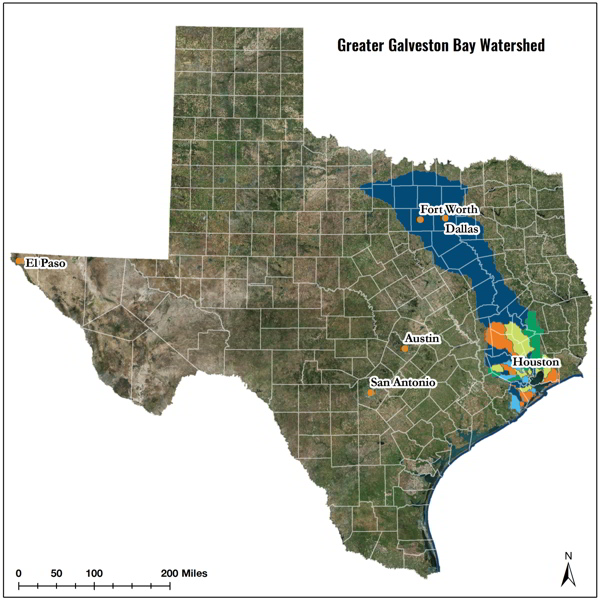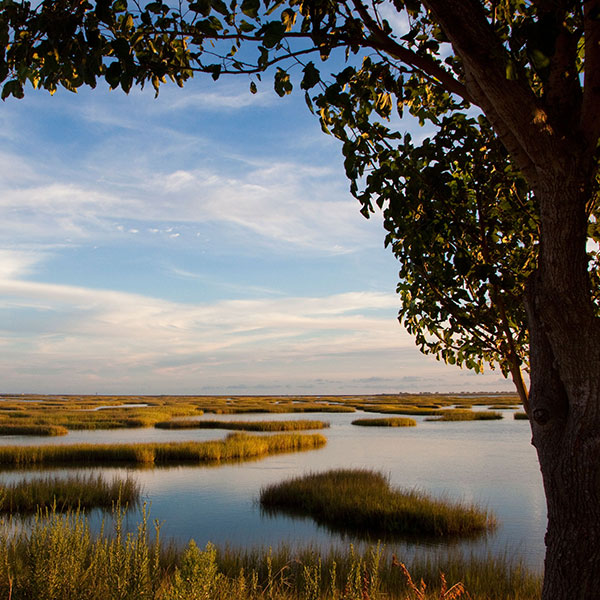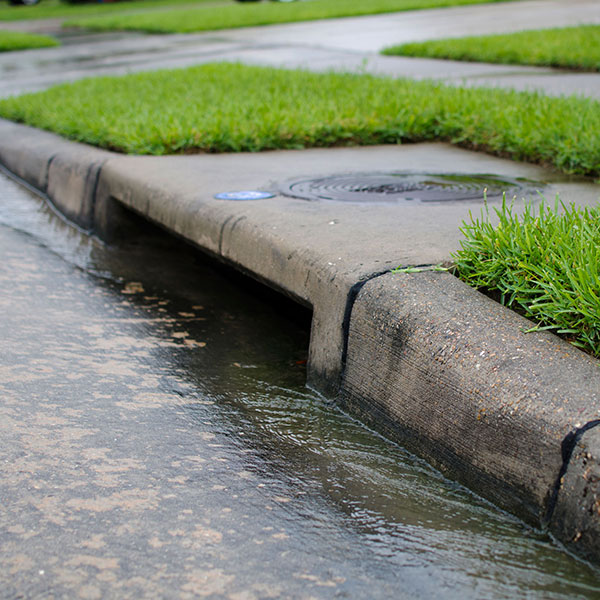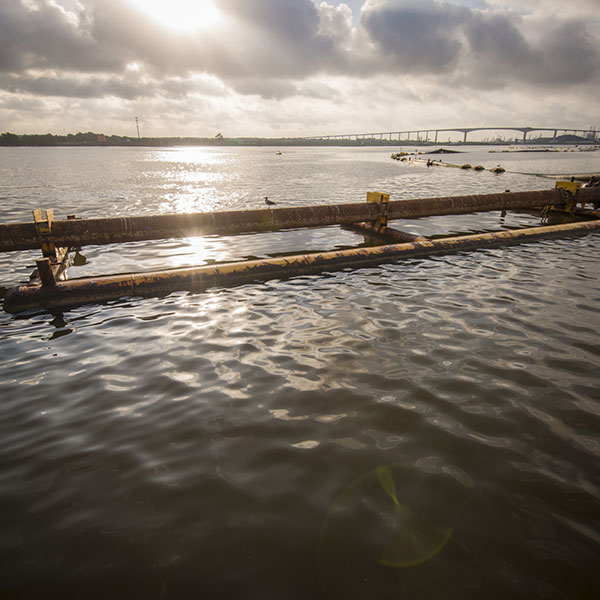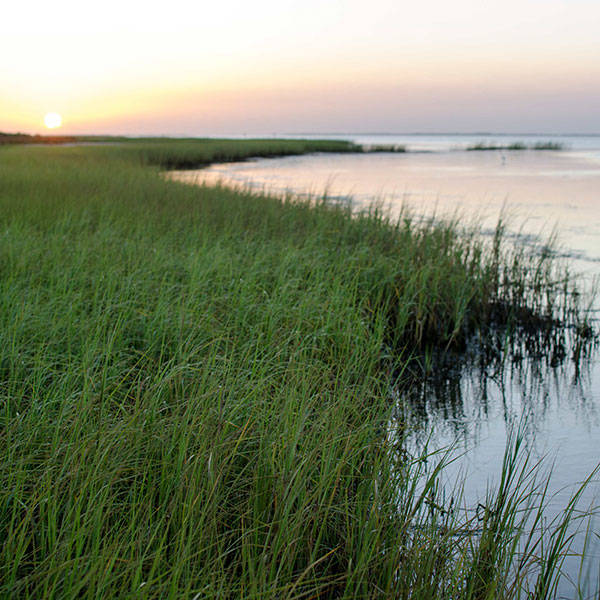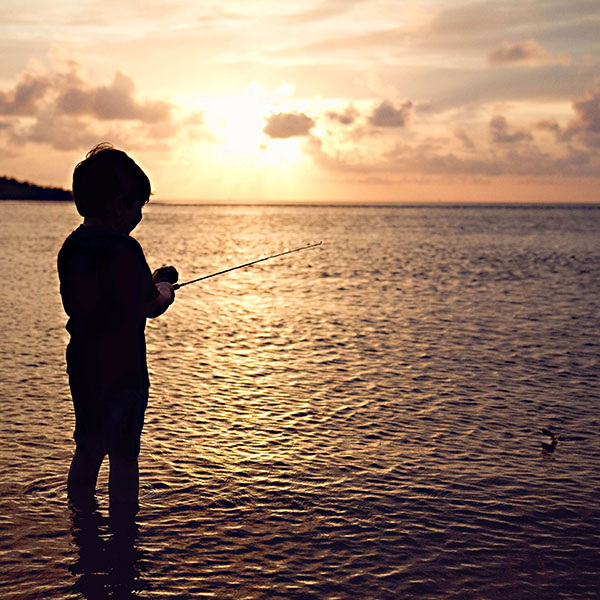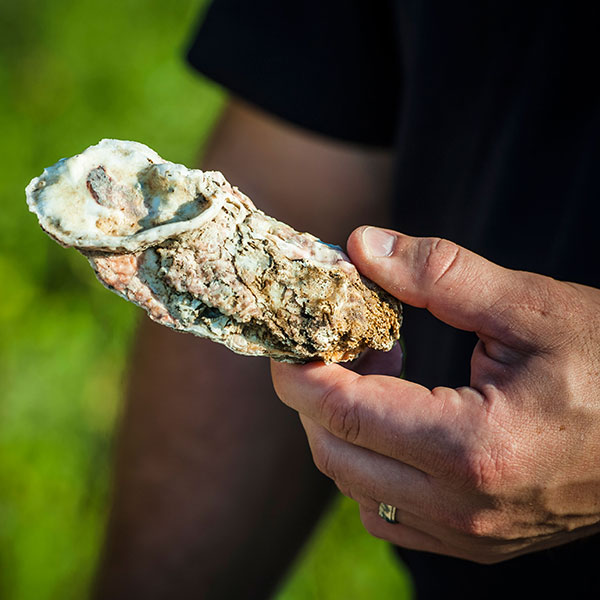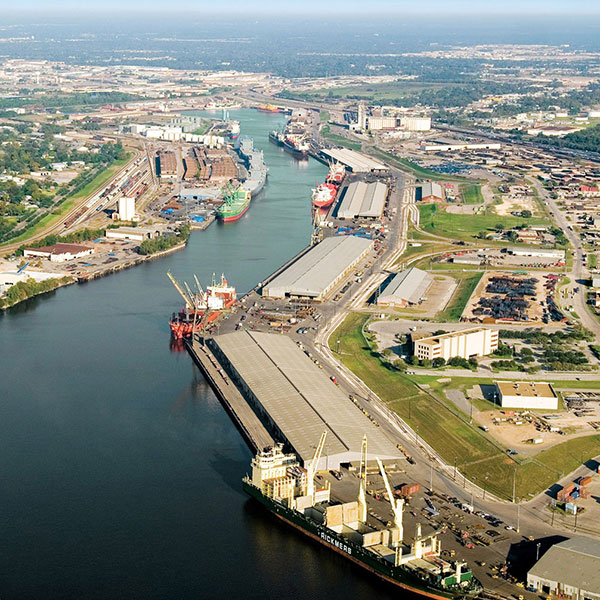Galveston Bay is resilient, but faces an uncertain future. The Bay’s watershed is home to the fourth- and ninth-largest cities in the U.S., Houston and Dallas. It’s also home to three ports, and remains a hub for the manufacturing and refining of chemicals and petroleum products. But people, industry, and commerce often come with environmental challenges. Galveston Bay’s most significant problems are tied to pollution, declines in habitat acreage, and to the impacts of climate change, like sea level rise.
To keep Galveston Bay resilient, it’s important that we take action to protect each category and indicator grade. It is up to us, the communities around the bay, to continue to make changes in the way we live to lessen the negative impact on water quality, habitat like wetlands and seagrasses, and wildlife.

